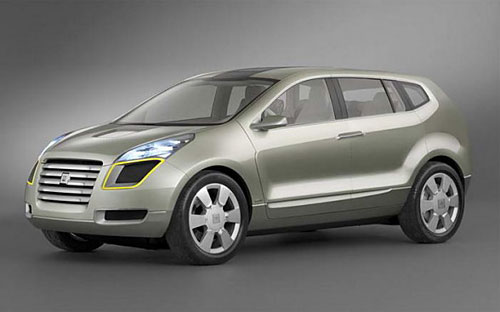
Chevrolet's Sequel hydrogen-fuel-cell concept, photographed during Spectrum's test drive at Camp Pendleton, California
Hybrids are now an accepted part of our vehicle landscape, with electric cars powered by lithium-ion batteries on the horizon. But General Motors and other manufacturers are also looking much further ahead, toward a future where our personal transport--what we might call ”a car”--is powered exclusively by hydrogen fuel cells.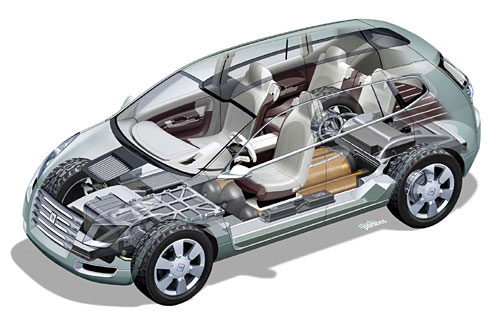
GM has spent a decade working on fuel-cell cars, with several concept vehicles along the way: the HydroGen1 of 2000, and the AUTOnomy and HyWire concepts revealed in 2002. The most recent push came five years ago from CEO Rick Wagoner’s challenge to Larry Burns, GM’s global head of research and development: Completely reinvent the automobile for the 21st century, unburdened by any legacy technologies.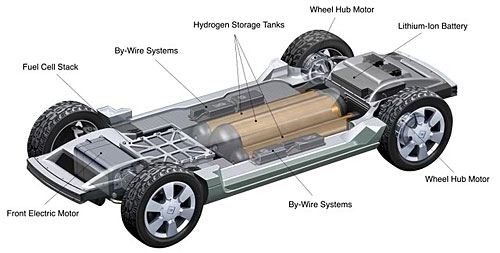
The Sequel's power electronics are mounted in a package with the front electric motor; "productionizing" fuel-cell vehicles will require major reductions in the size and weight of these components.
The 73-kW fuel cell in the Sequel is a sealed box in which hydrogen passes through a membrane to react with oxygen, producing water and giving off energy. It’s that energy that powers the three electric motors that move the vehicle: One 65-kW motor in the front, plus individual 3-phase permanent-magnet 25-kW wheel motors at the rear. Total traction power is thus 115 kW. Those rear motors also act as generators, so when a driver hits the brakes, energy that would have been lost is used to recharge a 65-kW lithium-ion battery pack stored within the ”skateboard” between the rear wheels.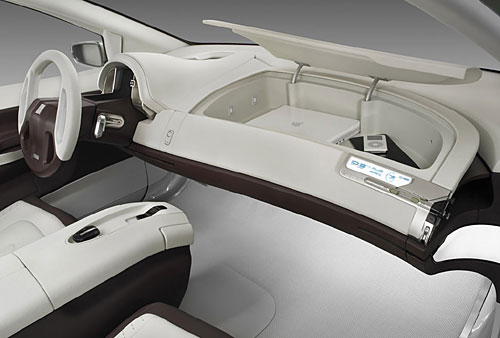
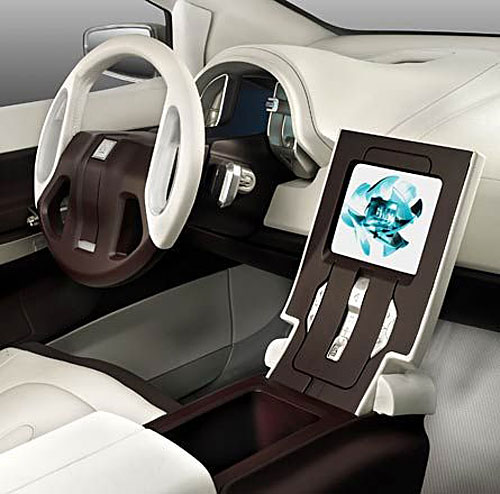
The Sequel weighs 2170 kg (4774 lb), at the high end of the range for a 4-to-5-seat SUV. It will do the 0-to-60-mph sprint in less than 10 seconds, with a top speed of 145 km/h (90 mph). Most important is its range of 300 miles (480 km)--like a normal car--meaning that the Sequel travels roughly twice as far on the same energy content as a conventionally powered SUV.









